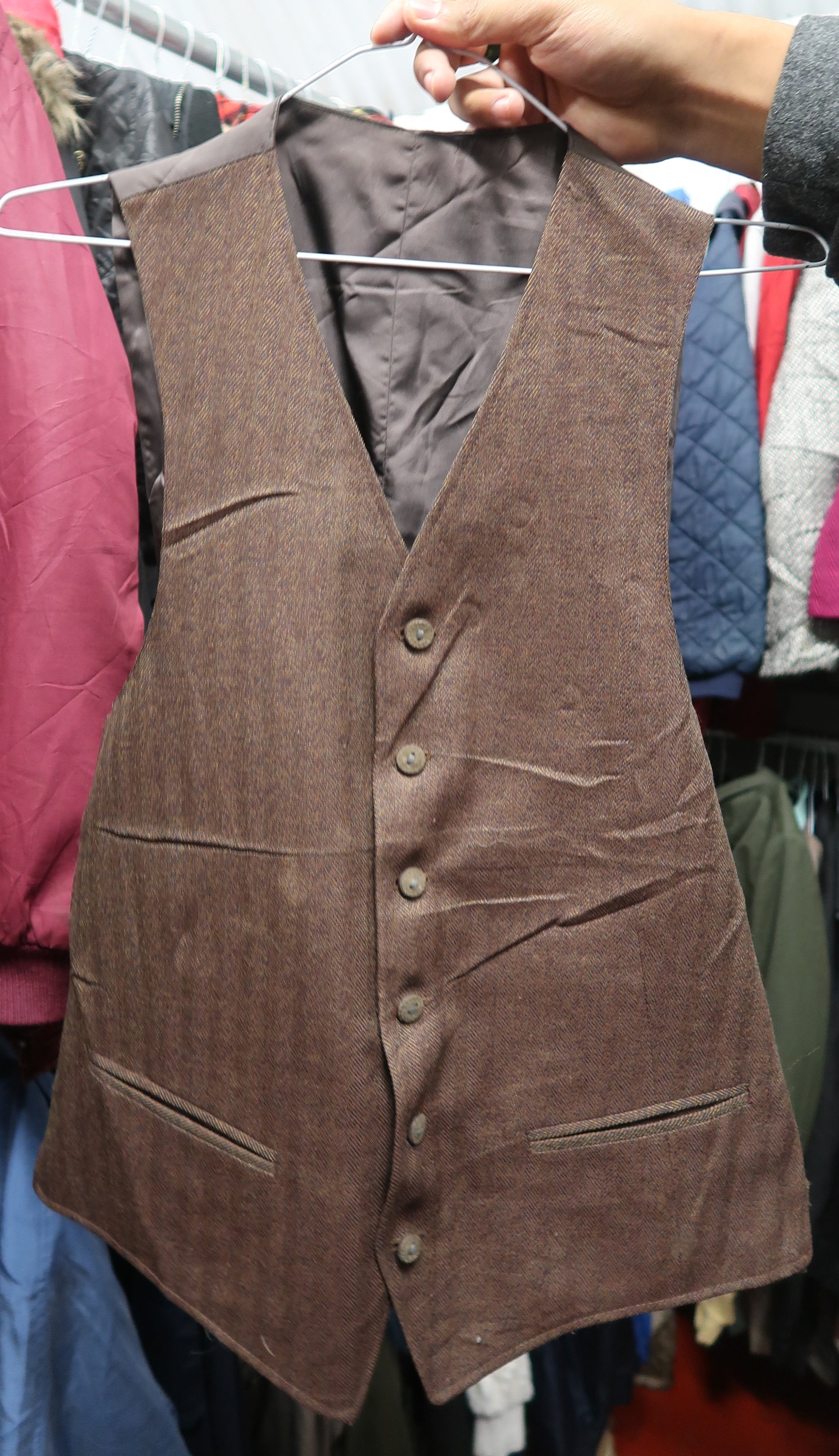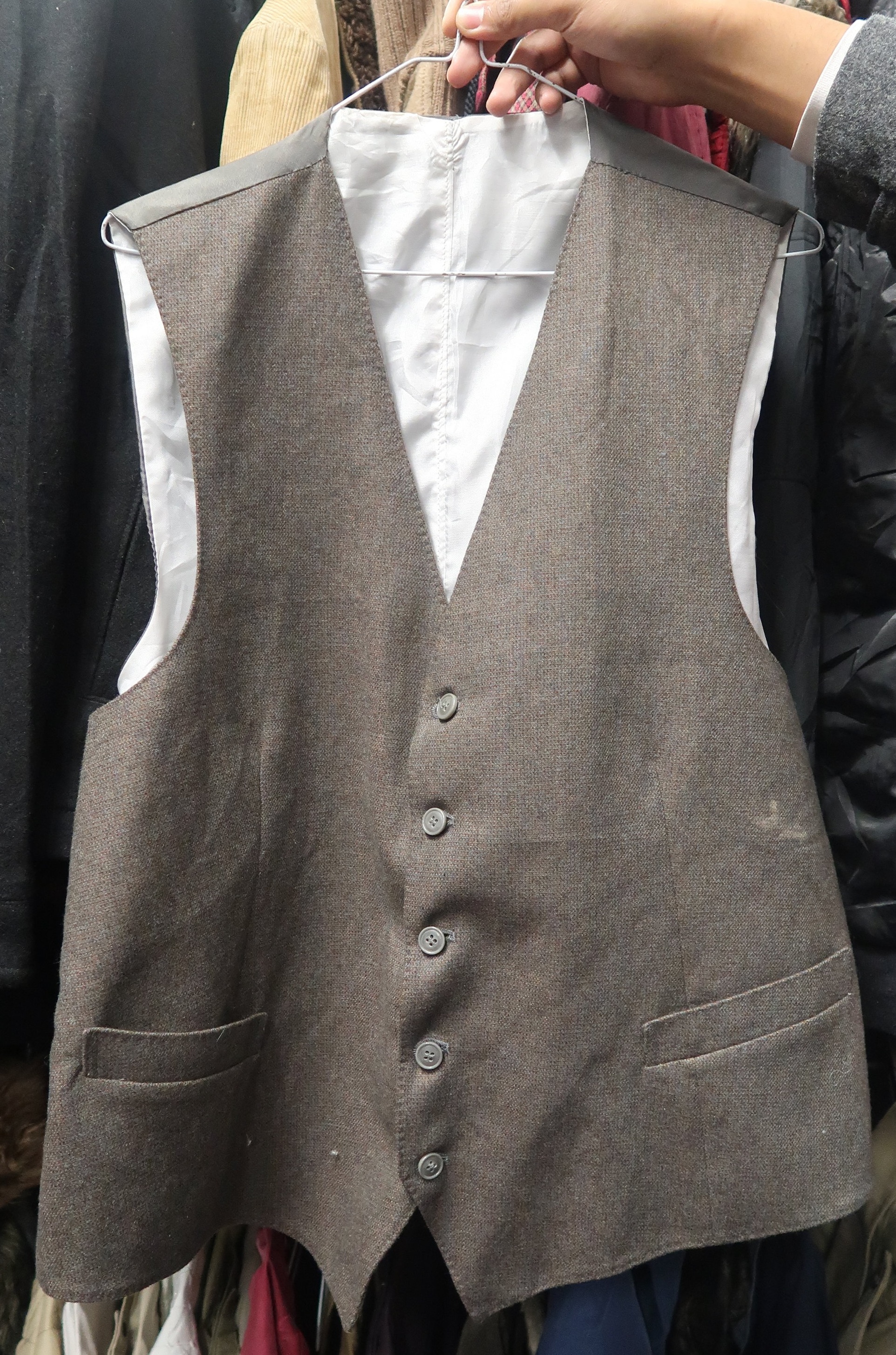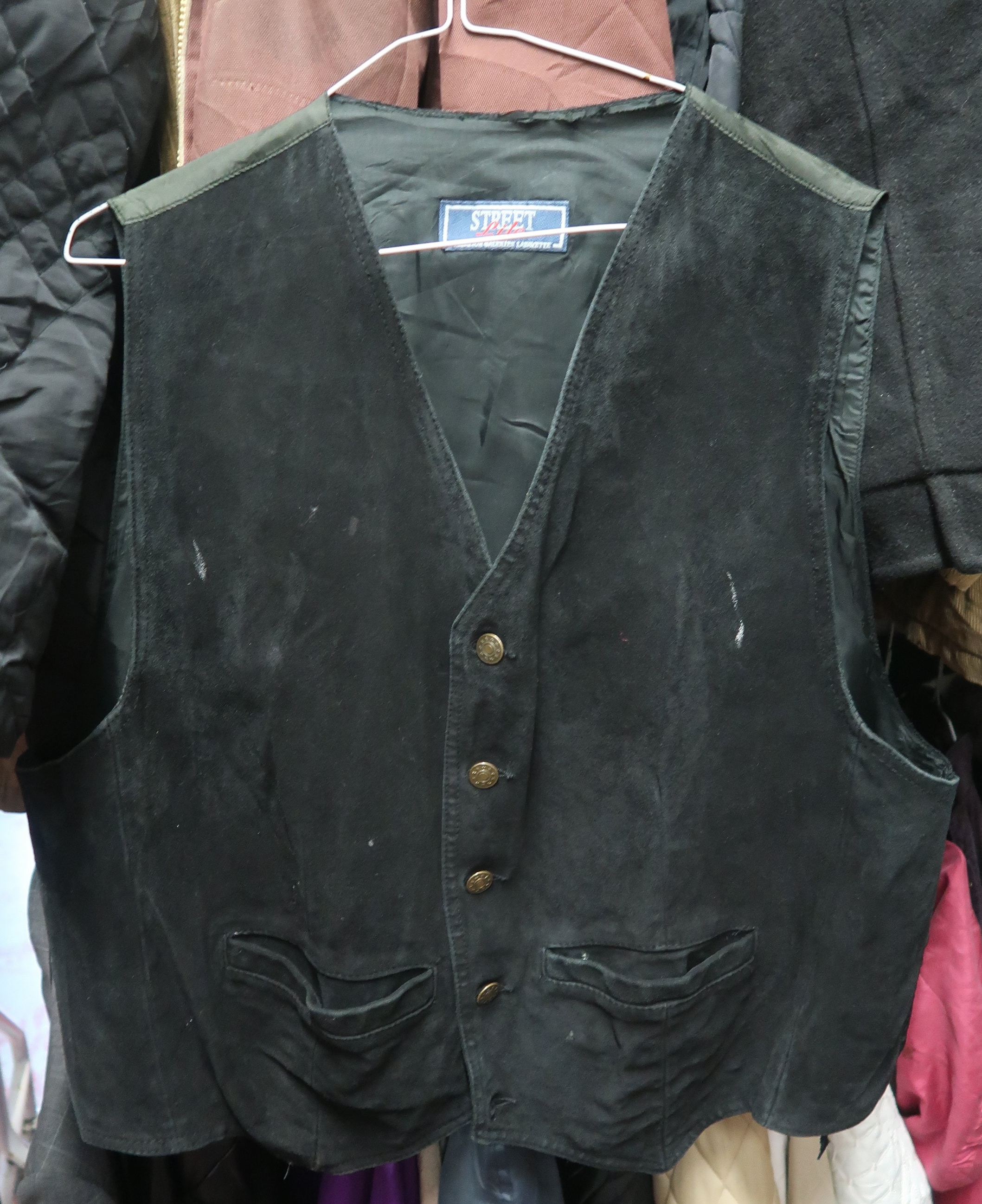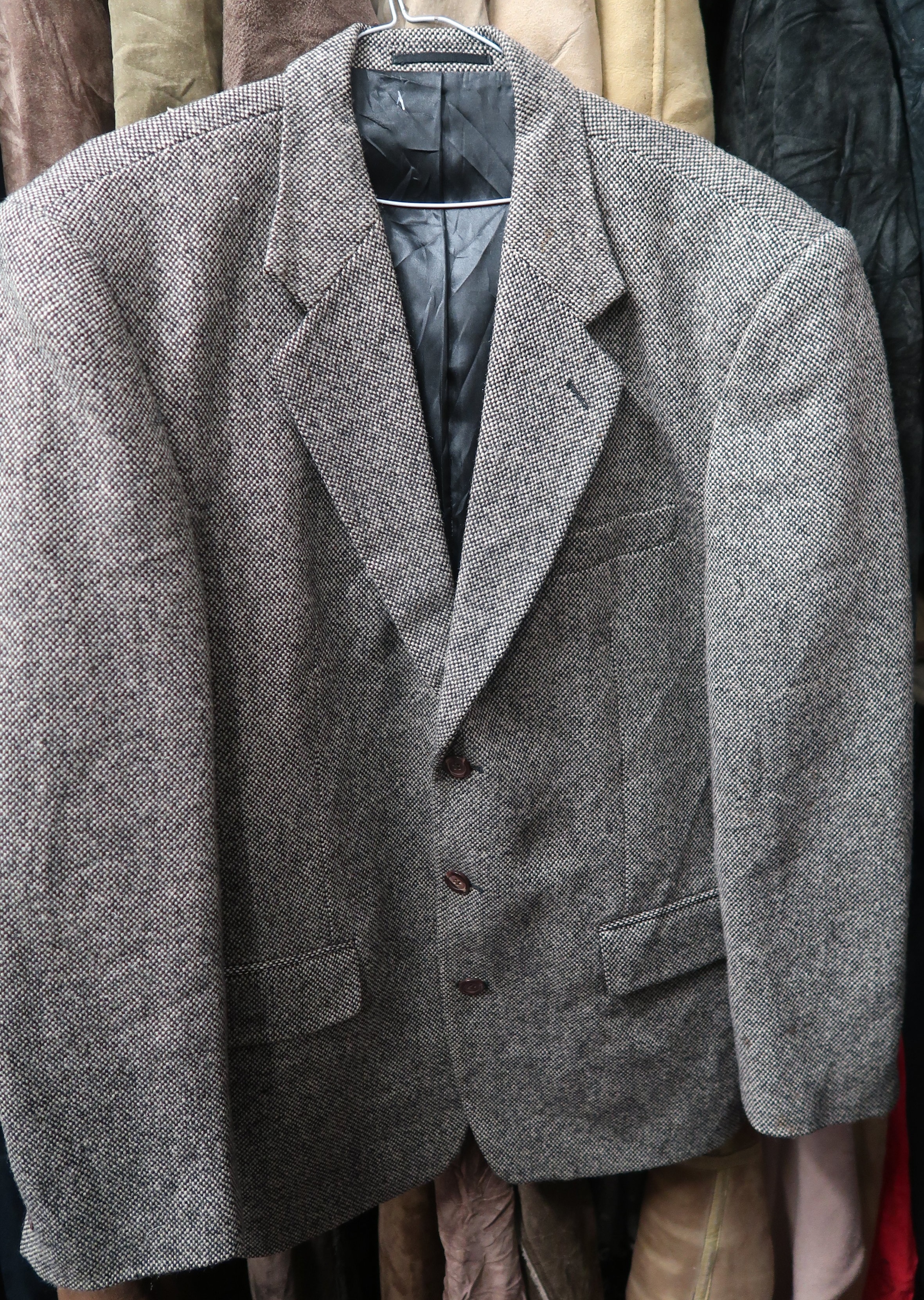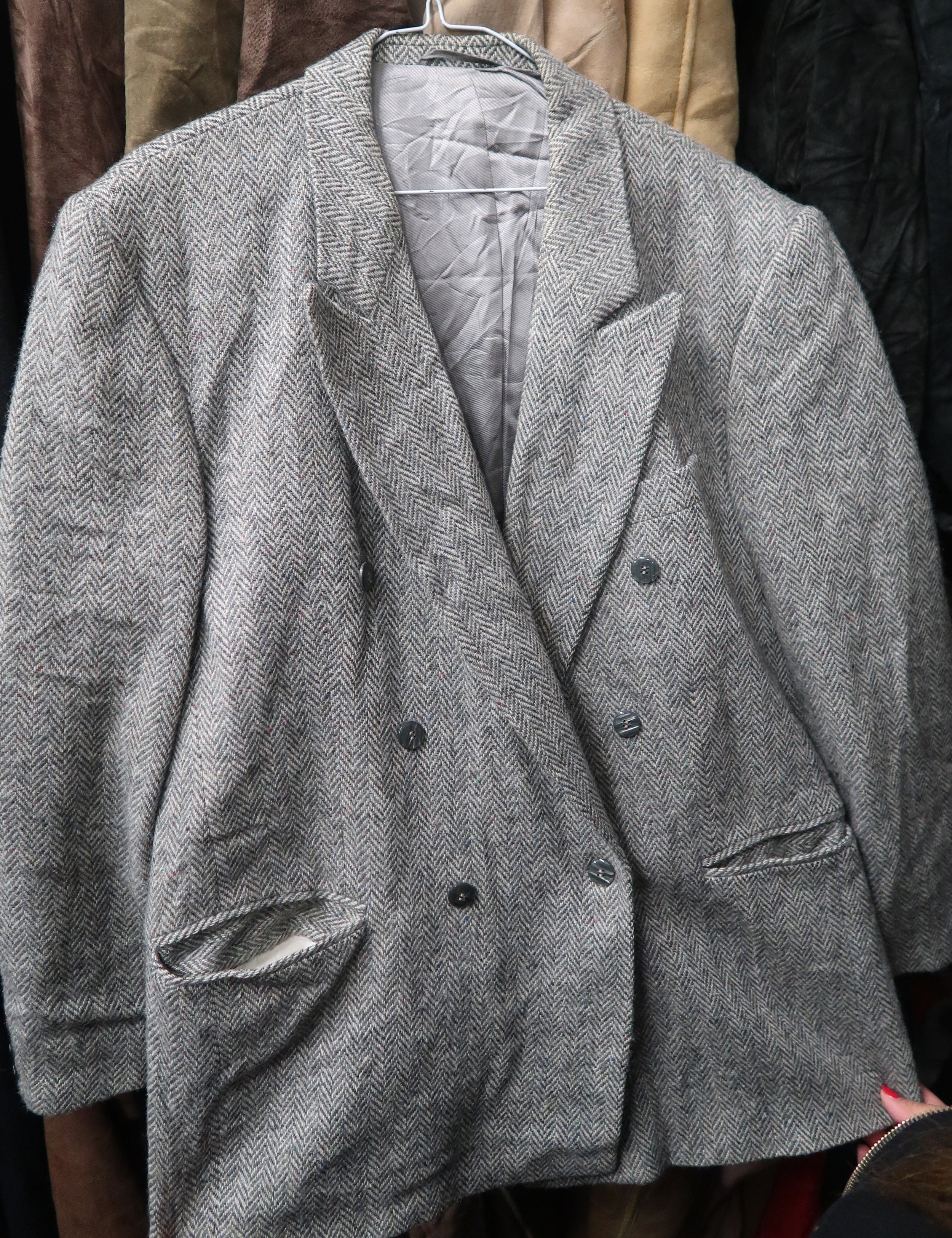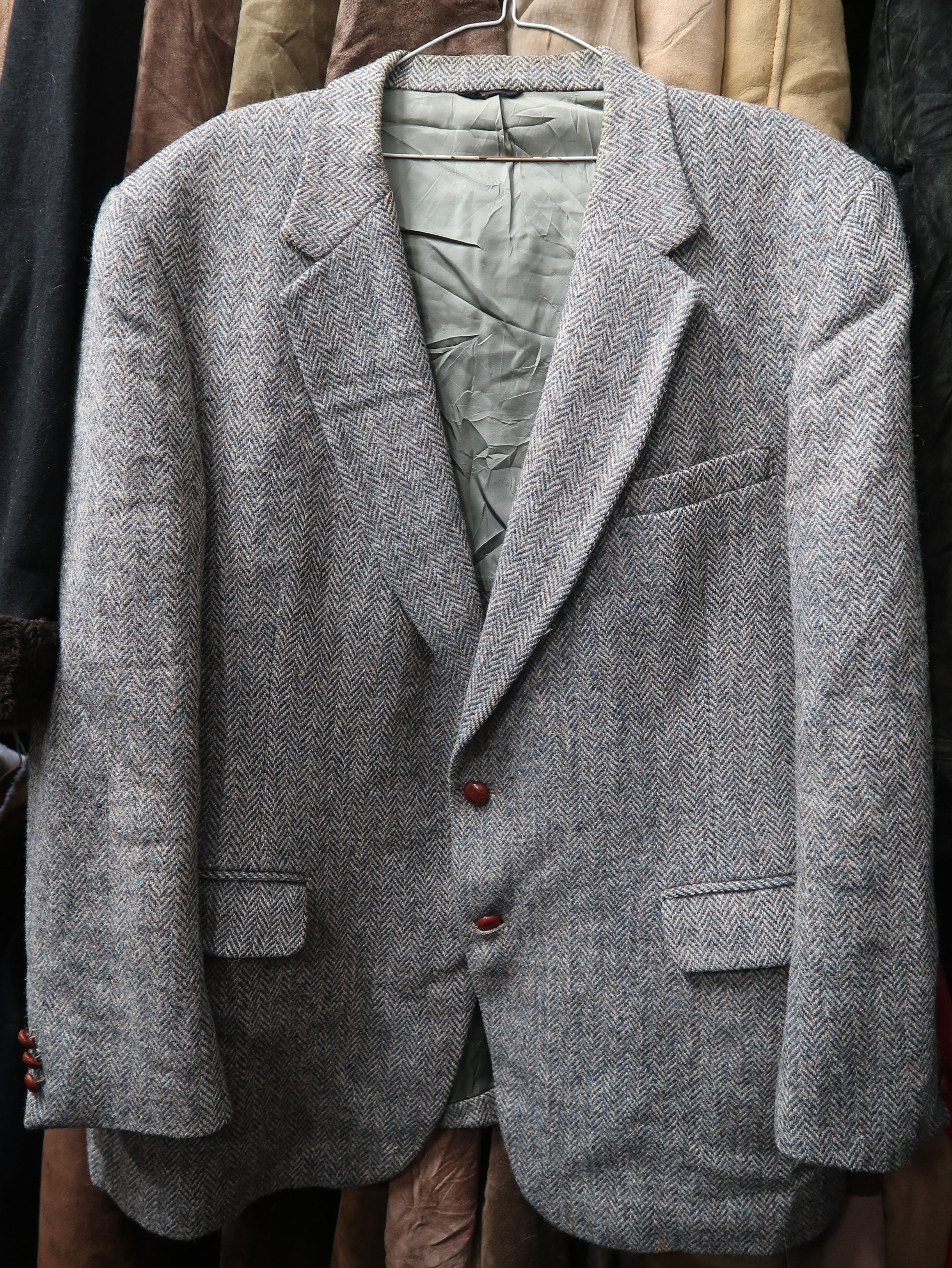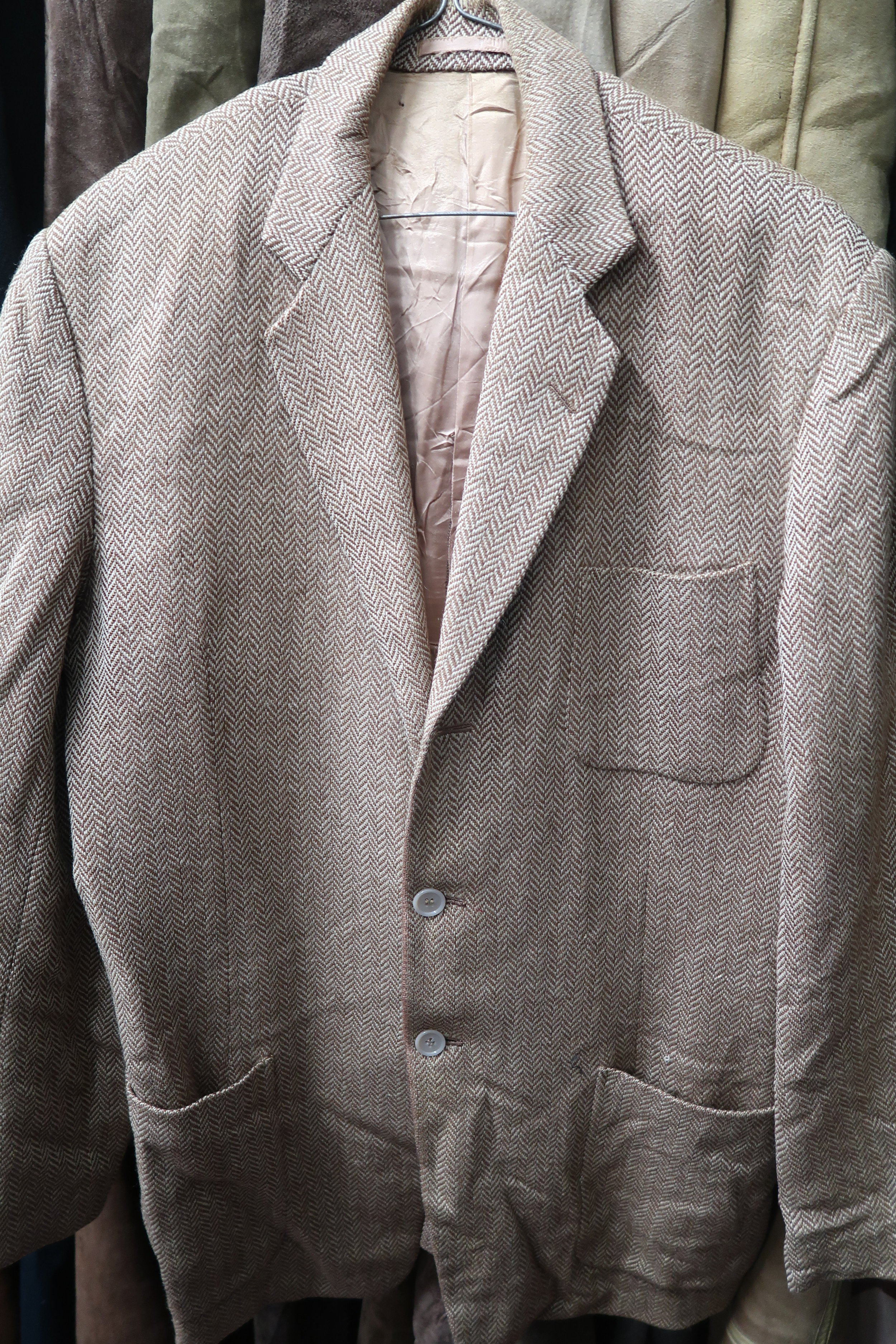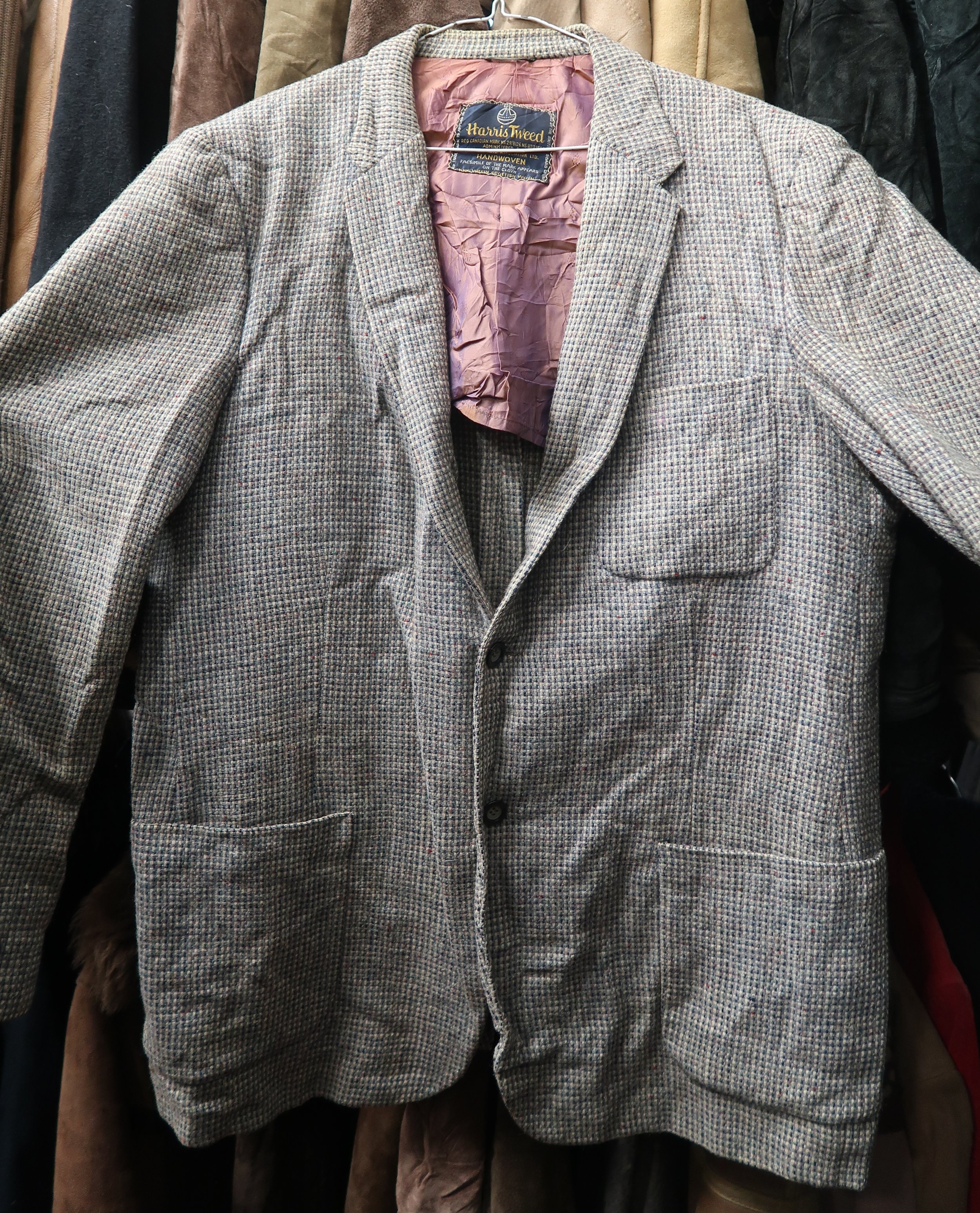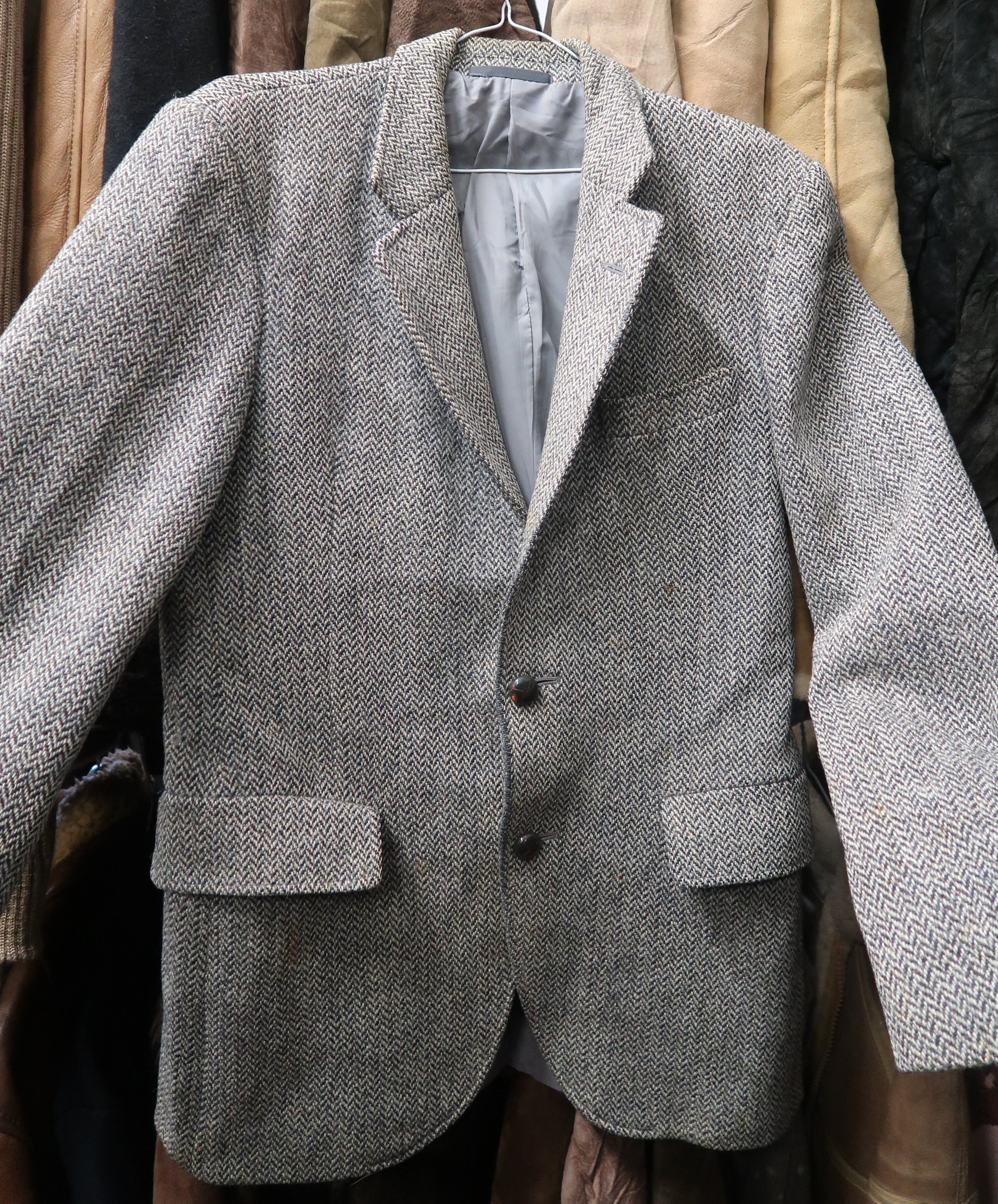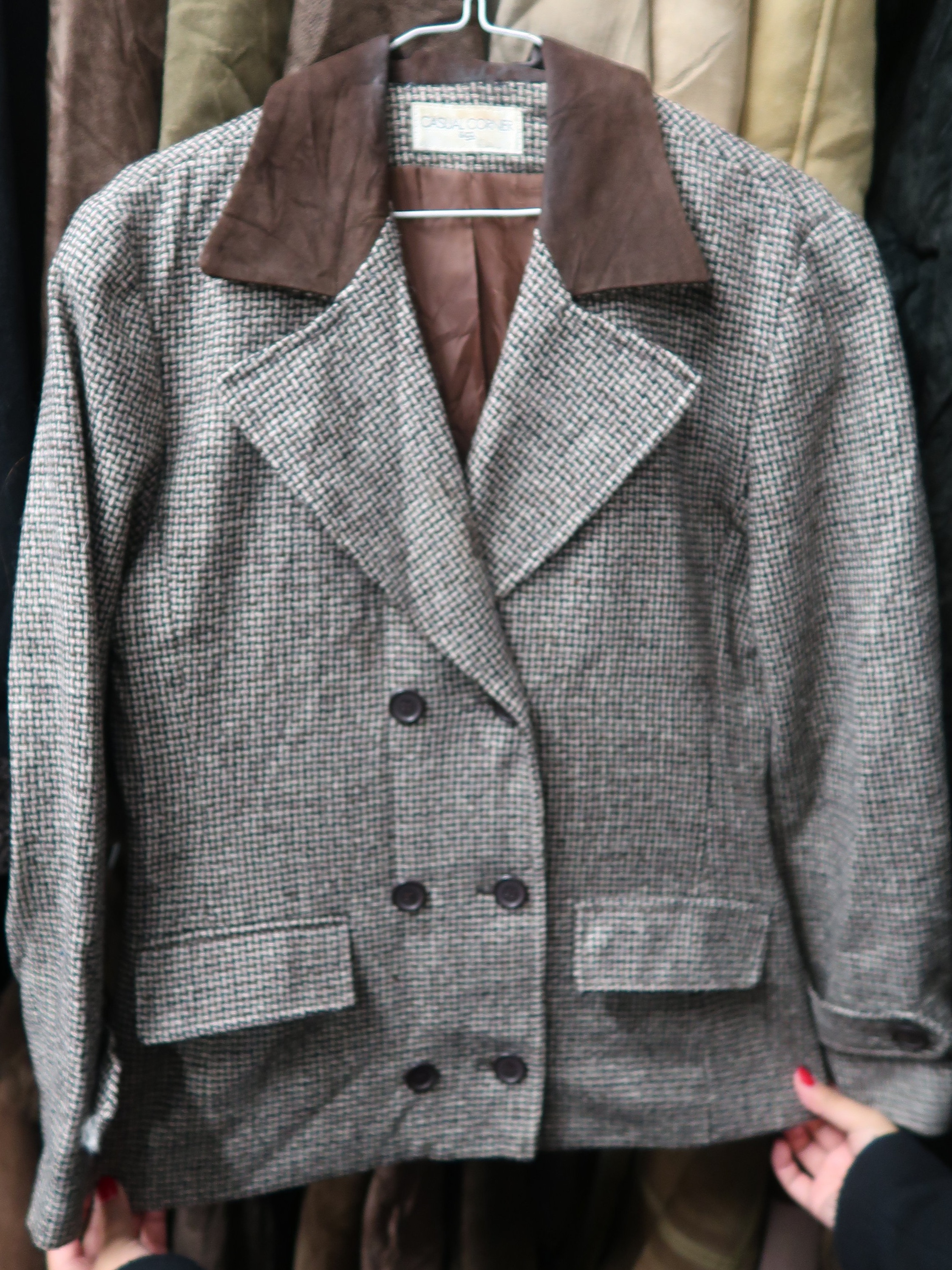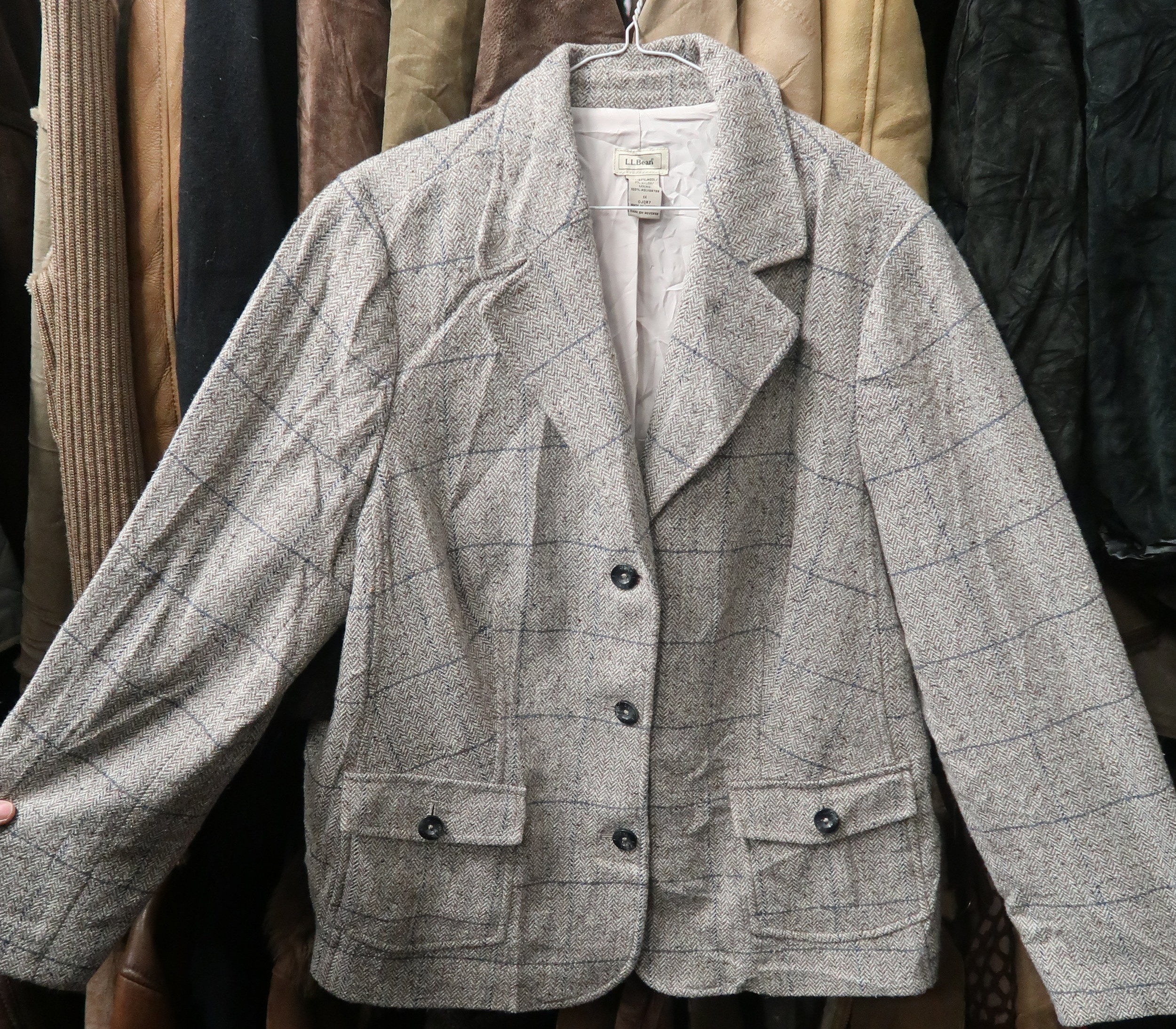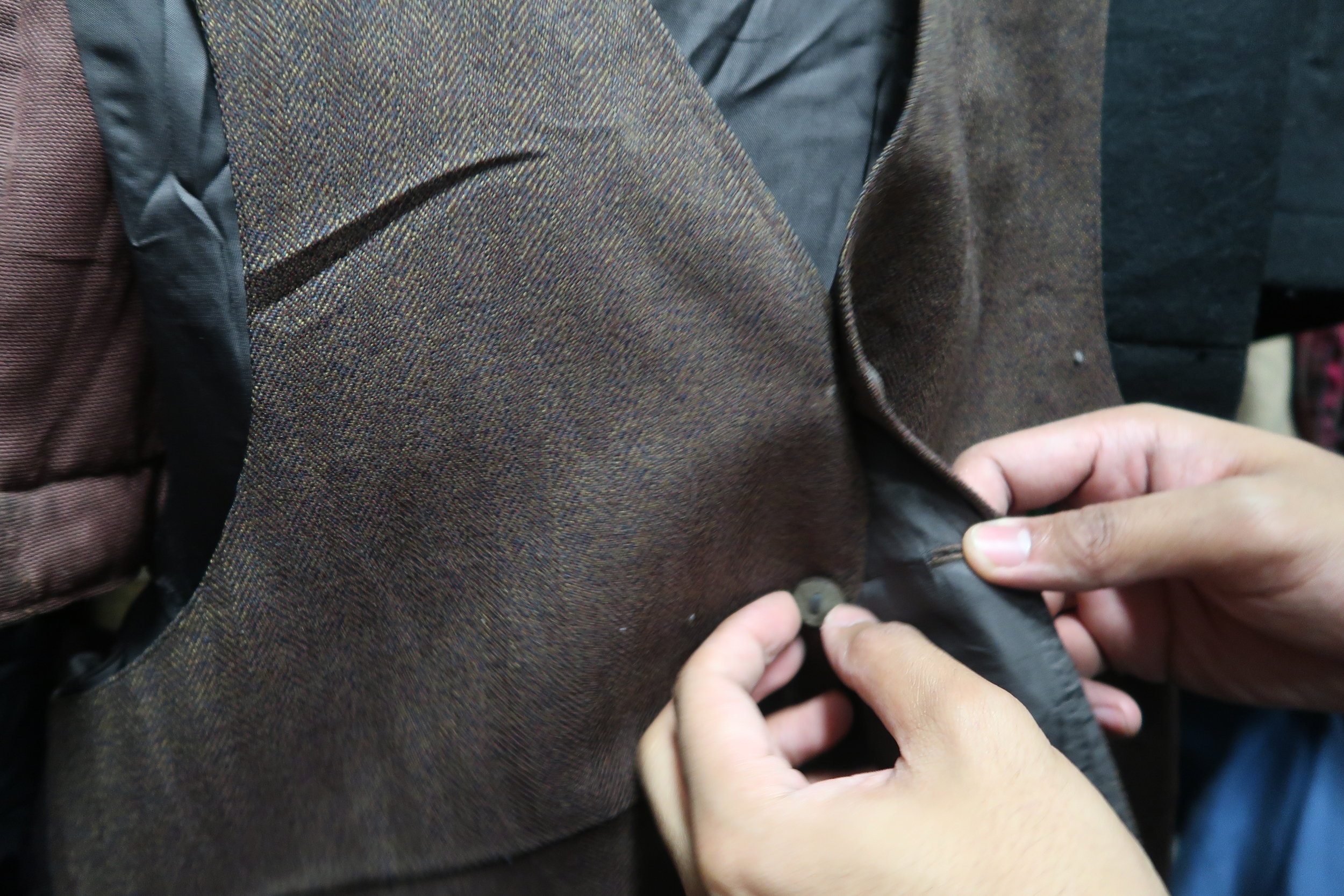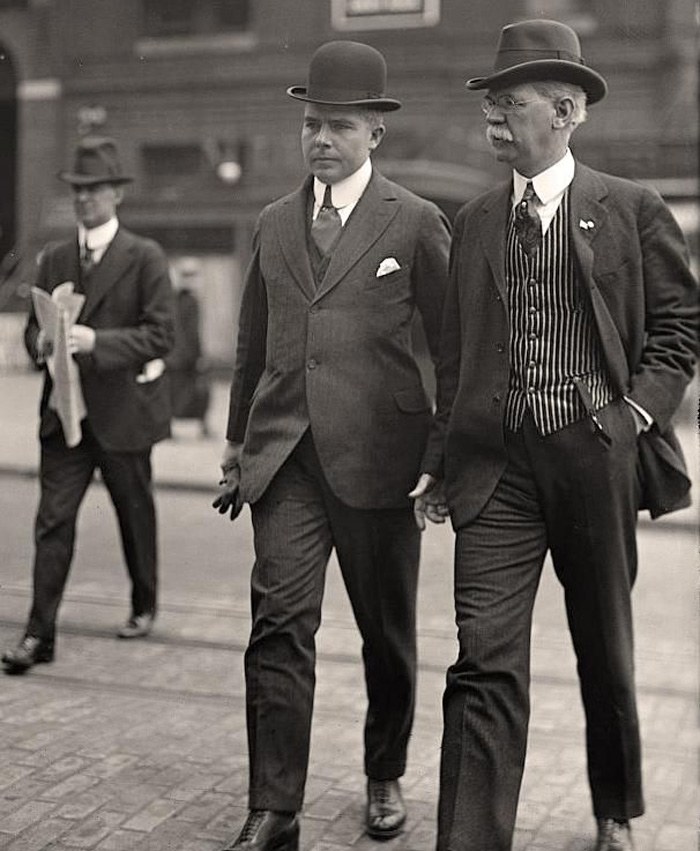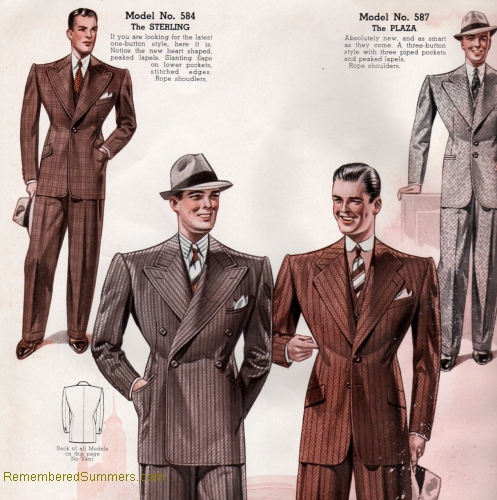Insight
1910 - 1920
Back in 1910, men commonly wore a three-piece lounge suit. Think of those high waisted trousers with pleated fronts, finishing above the shoe. The truth behind this little detail isn't very glamorous, the trousers stopped above the shoe to prevent the hem from ever touching the ground. This is because there wasn't a formal sewage system back then, and the streets were incredibly dirty. They didn't want their trousers to pick up the mess, and drag it into their homes. Disgusting, we know, but it led to an iconic part of the Peaky Blinders style set in the early 1900’s. Now, of course, trousers are worn to half way down the back of the shoe, much smarter!
The Peaky Blinders are often seen sporting a high fronted waistcoat, sometimes with up to 6 buttons on. This is for the simple reason that men from the lower classes couldn't afford a tie pin, or stickpin as they were called, to hold their ties down. The higher fronted waistcoat suited this perfectly, as well as represented the tighter fitting suit trend that was current at that time. Fear not though, if you don't like the look of a high fronted waistcoat, we have a regular V-front. (View our New Range - Gallery)
Overcoats are the perfect extra to any outfit, in the show Peaky Blinders, the lads normally wore their overcoats in a plain wool, darker than their suit. This is a safe choice when it comes to matching your coat to your suit, but a lot of fun can be had mixing check jackets with stripe blazers!
1930 - 1940
Men’s suits in the 1930s were wide. Broad shoulders, long jacket, wide lapels, and pinched in waist gave the silhouette of superman. Stripes were in as well as plaids, windowpane, tweed, and herringbone in all colours. You can get the 30s look with a modern suit with a distinctive pattern. Avoid skinny suits and instead turn to the classic cut jackets in one size up to create a wider shoulder (add extra shoulder pads too). Pants legs are best in a classic, high rise fit, with one or two pleats.
The silhouette of the 1934 double breasted is not too dissimilar from the DB jacket we wear today. The gorge is a lower, the jacket a bit longer and the waistline a bit high, but otherwise you could certainly wear it today. Although some might consider this to be a generous overlap for a DB suit, back in 1934 this was slim. Even though a double breasted suit is generally more formal than a single breasted notch lapel suit, this fabric is rather casual and hence it features flap pockets and just 3 cuff buttons.
Back in the day, the degree of a garment’s formality was often reflected in the number of cuff buttons. Four buttons were reserved for dark formal suits and evening wear, 3 buttons for slightly more casual ensembles and 1 or 2 buttons for country garments. Today, it’s more of a fashion choice. Labels like Tom Ford always go with 5 buttons and while 3 used to be popular in the 80s and 90s, nowadays 4 seem to be the golden standard. While that’s fine for suits, make sure to opt for one or two cuff buttons with your odd tweed jacket or sport coat because anything else would be classically incorrect.
For a while, double breasted waistcoats were near extinction and only very elegant gentleman with a large wardrobe would wear them. With the boom in online made to measure clothing, you can see more double breasted waistcoats. A three piece suit with a DB vest can look absolutely stunning, however you have to pay attention to a few things:
- The double breasted waistcoat should always cover the waistband
- Don’t wear belts because it looks bulky; opt for suspenders instead
- Ensure that the buttoning point of your jacket and the lapels of your double breasted waistcoat are aligned so that you will never see the lapel hemline of your waistcoat, because this looks crowded.
1950 - 1960
Slim fitting suits, skinny ties, Letterman jackets, bowling shirts, saddle shoes and chunky glasses defined the 1950s guys wardrobe. In the 1950s, men’s fashion experienced a new paradigm shift. Across the pond, all eyes were looking at American men for clothing designs that embraced the 4 C’s: color, comfort, correctness, and casualness. 1951 men’s casual fashion dominated the fifties.
The new silhouette was called the Mr. T look. Hat brims narrowed, and the crowns shortened. Shoulder pads were removed in favor a natural shoulder shape. Pants lost their pleats and in many cases belt loops, too. The newest feature was fabrics with texture. Usually heavy textured fabrics like tweed were reserved for sportswear, but in the 1950s nearly all fabrics, business or sport, had a texture to them. Tweed, like weaves, corduroy, wool pile, blanket cloth, etc, was a part of all clothing styles. Wool flannel was the most popular. Grey was the most worn color, but black, navy and thin pinstripes were also included in the mix.
Clothing could be lighter, and wash and wear was practical, and better looking than previous decades. House wives appreciated these new easy fabrics, and men appreciated the economical savings. In the ‘50s, men were usually the sole breadwinners, serious heads of the household. Business dress reflected this role. Suits were somber, conservative and mature looking. Men heading off to office work looked totally anonymous, blending in with everyone else.
Pants were still moderately wide-legged at the beginning of the ’50s, but they quickly narrowed to 17.5 inches wide at the hem. They were worn at the waist, higher up than men are used to now. Pleats were out of style. Flat fronts created a smoother, leaner look with a sharp creased down the center . Cuffs were no longer necessary. Many chose a plain hem instead. Since suspenders were on the decline in the ‘50s, suit pants became more fitted at the waist to stay up by themselves. Belts were possible, but it was becoming more common to have self belts or continuous waist bands. The look was copied from men’s western pants, some with belt backs for a better fit.
Later in the decade, suits became slightly slimmer in the jacket and pants, and lapels also became thinner. Colors expanded out of just grey and into shades of blues and browns. Texture also merged into suit fabrics with tweeds like grains, plaids, large checks and nubby wool blends. Linen (and sometimes seersucker) provided enough texture and used lighter materials for the hot summer months. The “palm beach look”, for day or evening, was either a solid navy or pure white jacket over white pants.
1970 - 1980
1960s men’s fashion suits started with the classic American suit of the 1950s but gradually slimmed down into an ultra skinny suit with narrow lapels, tailored waist, and a short jacket that was always single breasted. Patterns could be plain but that was too boring for most 60s men. Large plaids, checks, and stripes in earth tones or vibrant colors made the 1960s swing.
1970s men’s business suits were almost extinct. Casual was in. Bold was in. The 70s men’s suit blended classic men’s suits with the bold colors, patterns, and flared leg found on the disco floor. Men’s leisure suits or disco suits were extra flashy in pastel colors and colorblock prints. Texture like corduroy and of course polyester added to this funky fashion era.
In the 1980s, the designers of men’s suits radically simplified the style – notably with an unbuttoned jacket, devoid of the waistcoat; a slimmer, trimmer silhouette, often with noticeable shaping on the jacket; and a lower rise in the trousers of the men’s suit.
As the three-piece suit went out of fashion, the two-piece single- or double-breasted men’s suit came to dominate. In particular there was a surge in the popularity of the double-breasted suit with indented lapels, alongside the so-called New Wave Style with a narrow lapel. Trousers were slim-legged and tapered.



